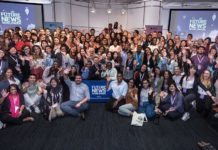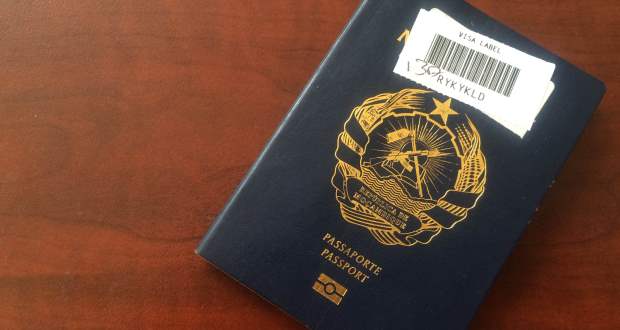![640px-Matheon2 [Wikimedia Commons]](https://www.thedailyvox.co.za/wp-content/uploads/2015/01/640px-Matheon2-Wikimedia-Commons.jpg)
The government is intent on improving the quality and number of maths and science learners. This is a noble aim, but it shouldn’t come at the expense of other subjects, writes PONTSHO PILANE.
When I was in high school, mathematics and science held more prestige than other subjects, which remains the case to this day. If you took either or both of them and excelled, you were considered to be very smart. So by these standards, I was smart. But together with maths, physics and life sciences, I also chose consumer studies – what you may know as home economics – as a subject, a choice that left my parents and teachers very confused.
I was constantly asked whether I wouldn’t rather pick up a more “suitable” subject. What made consumer studies unsuitable, I wondered. I guess it wasn’t scientific enough for a straight-A maths and science learner.
My school was part of the Department of Basic Education’s Dinaledi Schools project – an initiative that aims at improving the participation of learners in science, maths and technology (SMT) subjects in high schools.
For the schools it meant much-needed sponsorship from both the government and the private sector, and a large amount of time and attention spent on learners who took these subjects. We had annual maths and science olympiads and fully sponsored additional learning programmes on Saturdays and holidays. We were trained on how to compile a CV and how to handle a job or bursary interview – skills that were needed by all learners, not just us who happened to take maths and science.
I benefited immensely from these initiatives and I am grateful for the chance. But why were they not offered to the artists and the history buffs? What special programmes are put in place for them? When will there be a focus on equipping them and preparing them for university? During my school years, I witnessed the neglect of these students. They weren’t given the extra support offered to maths and science learners, and they weren’t given expanded learning opportunities to pursue extra study and projects or take part in academic competitions and olympiads.
When will public funds be used to advance public speaking, debate and art exhibitions in schools, particularly government schools?
Economically, pouring resources into maths and science makes sense. The government has an interest in plugging the country’s technical skills gap in order to drive the economy, so it helps to groom students who will eventually fill these roles. People who study the social sciences often end up in politics, law, media or academia – areas that do not generate much money. In contrast, big financial, engineering or IT firms have loads of money to spread around for bursary schemes, school-development programmes and university grants.
Technical subjects are put on such a high pedestal – by our government, teachers, parents and, ultimately, even learners themselves – that those who excel in other areas are often made to feel less intelligent and less successful.
Maths and science have become a barometer of intelligence and academic achievement. When I made the decision to drop out of chemical engineering to enrol for a bachelor of arts degree, I was told I was “wasting my brain” – as if a brain is not needed to study sociology, media studies or politics.
This predicament goes far beyond the basic-education sector. Even in at tertiary institutions, the engineering and sciences departments are often favoured above commerce, law and humanities. There is better funding and vacation-work opportunities for the former.
SMT subjects are important, especially considering that minerals are an integral part of our economy and that our health system is in need of more doctors. However, the ambition to generate more engineers, mathematicians, actuaries and doctors should not come at the expense of our artists, poets, teachers and lawyers.
– Featured image: By Helger Motkau via Wikimedia Commons.








